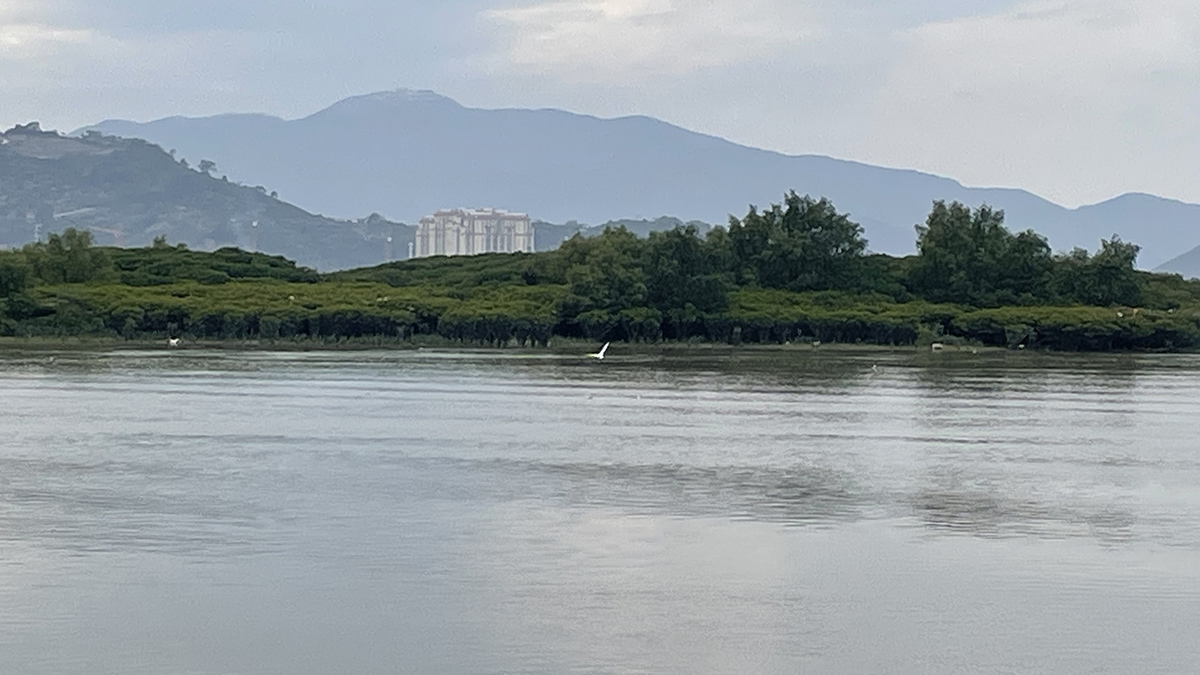Source: Global Biogeochemical Cycles
A translation of this article was made by Wiley. 本文由Wiley提供翻译稿。
Whether from a forest on fire or gasoline powering a car, organic matter rarely combusts completely: Remnants such as char and soot can persist in the environment for decades. Over time, as physical and biological processes break down the scorched leftovers, some of the carbon they contain leaches into groundwater, lakes, and rivers, eventually making its way to the ocean.
This carbon, known as dissolved black carbon (DBC), represents the ocean’s largest identified reservoir of stable dissolved organic carbon. Yet the isotopic signature of DBC in the ocean does not match what rivers alone supply. This discrepancy suggests there are one or more unknown sources of DBC entering the ocean that are not accounted for in the global carbon budget.
To address this knowledge gap, Zhao et al. conducted six field surveys along China’s eastern coast, in the Jiulong, Changjiang (Yangtze), and Pearl River estuaries. By gathering samples during all four seasons, the researchers aimed to quantify changes in DBC and shed light on how it moves through coastal ecosystems toward the sea. Prior research focused only on individual estuaries and didn’t always account for how processes may vary across seasons and tide cycles.
The findings from the new study reveal submarine groundwater discharge (SGD) as a likely missing source of DBC. The scientists observed that as seawater pushed into estuaries during flood tides, DBC levels rose. Conversely, when water flowed out of the estuaries during ebb tides, DBC concentrations fell. They suggest that this pattern occurs because the salty ocean water that mixes into the estuaries during flood tides promotes the release of DBC from groundwater into the water column.
The researchers estimate that globally, SGD contributes approximately 20% of the riverine discharge of DBC that enters the ocean each year. Given the role that DBC plays in carbon sequestration and biogeochemical cycling in the ocean, the findings underscore the importance of including estuarine processes in global carbon models. (Global Biogeochemical Cycles, https://doi.org/10.1029/2025GB008532, 2025)
—Aaron Sidder, Science Writer


